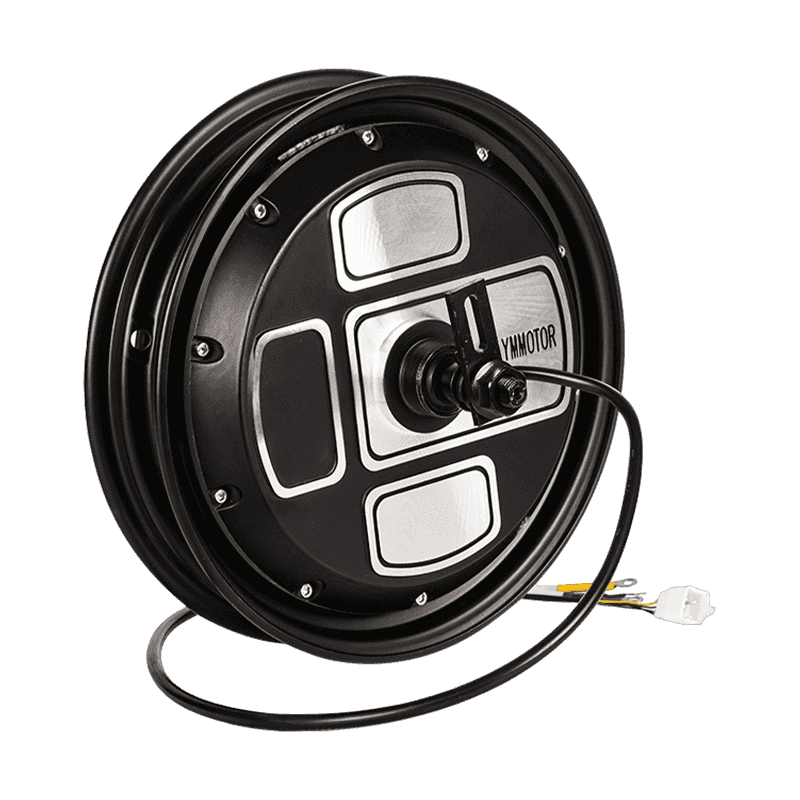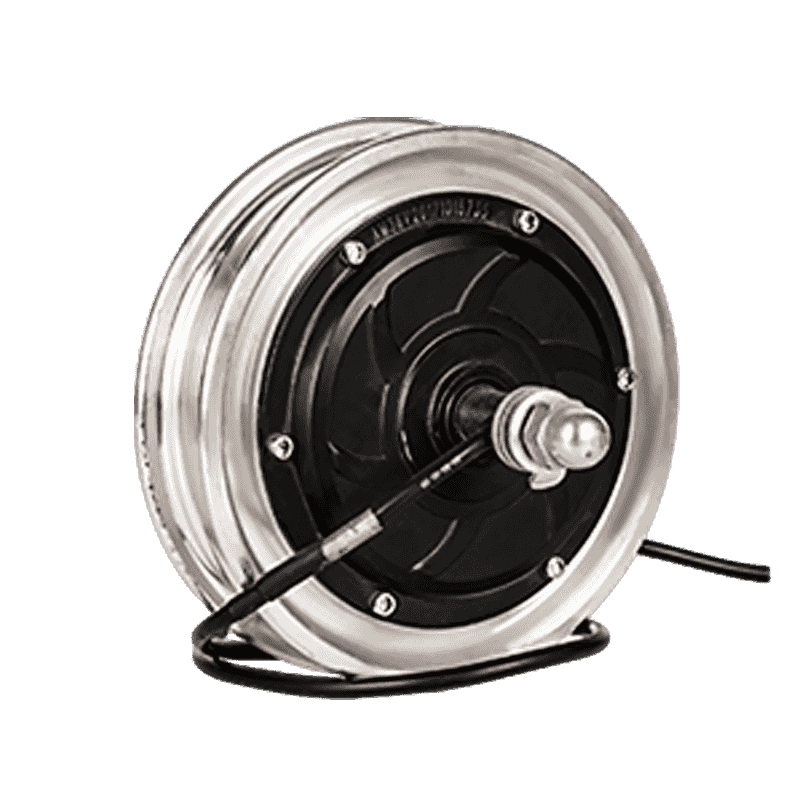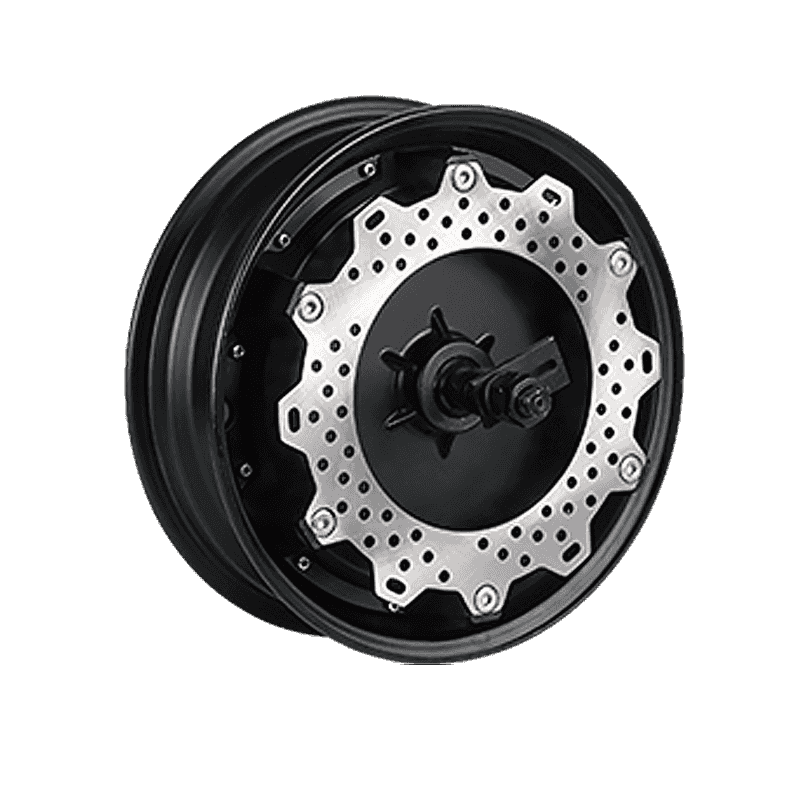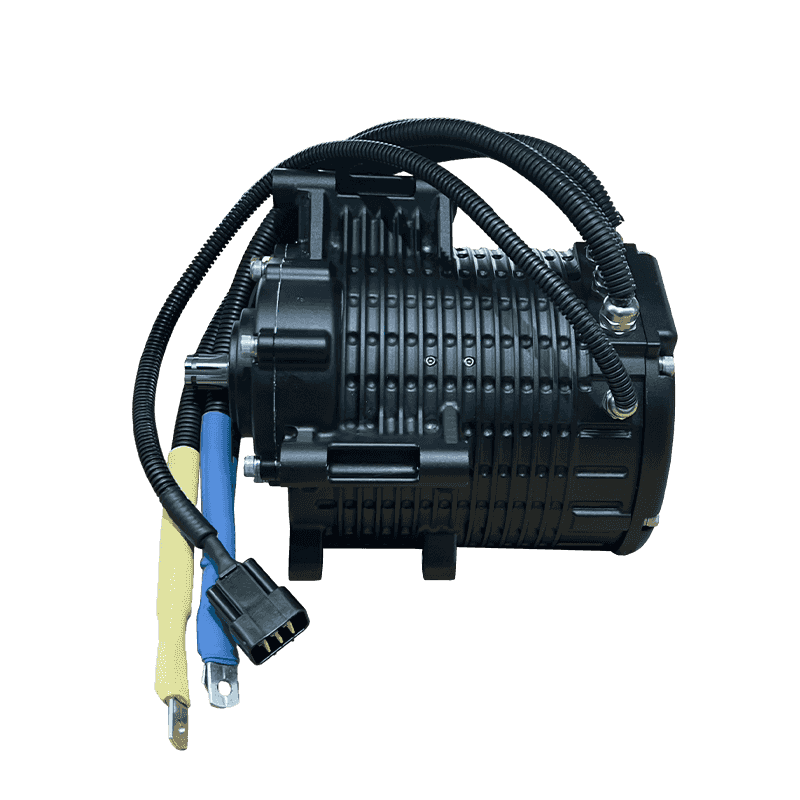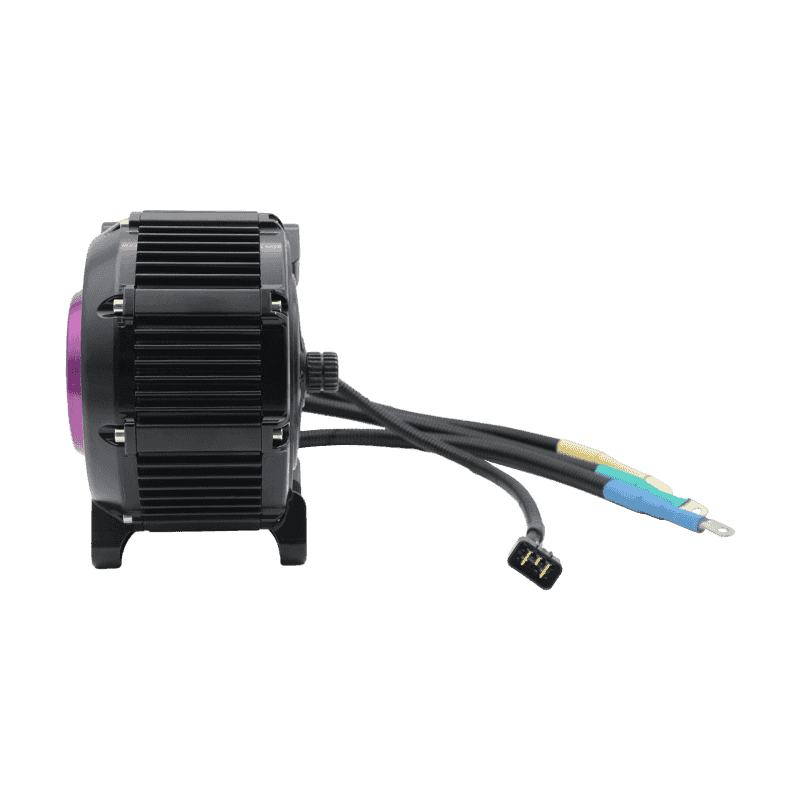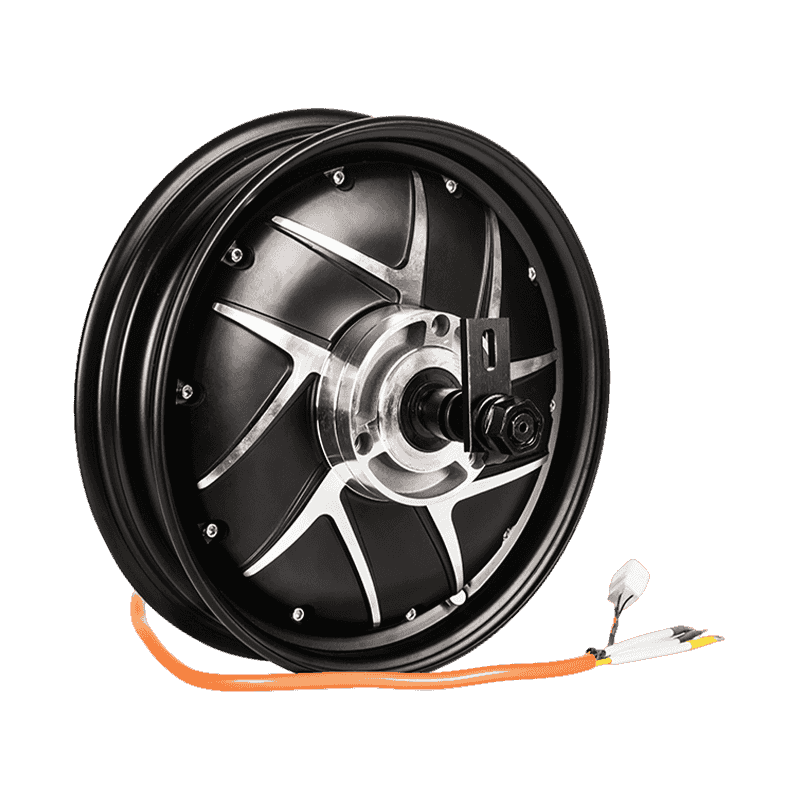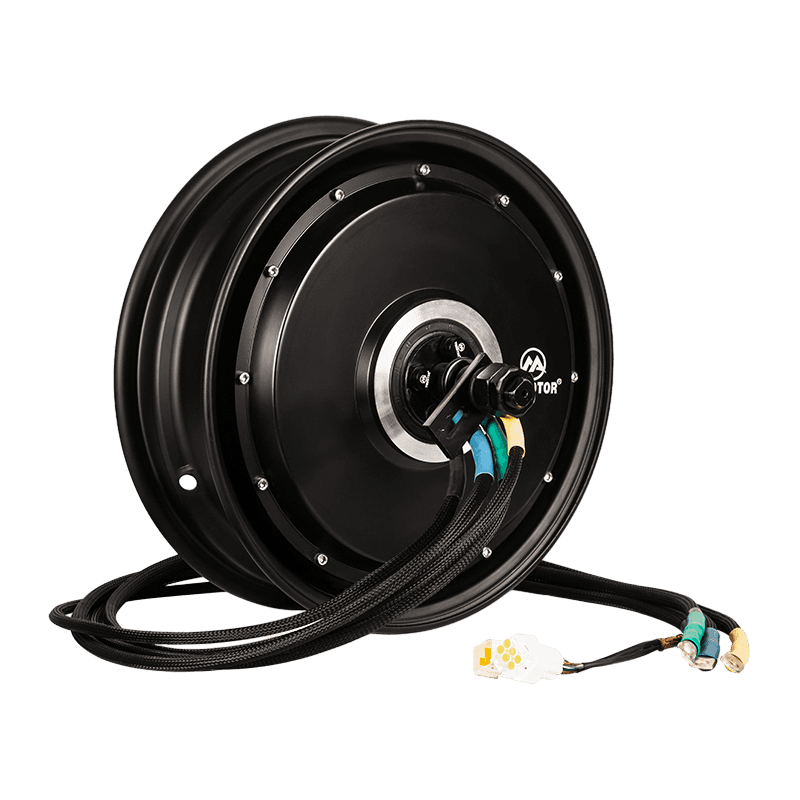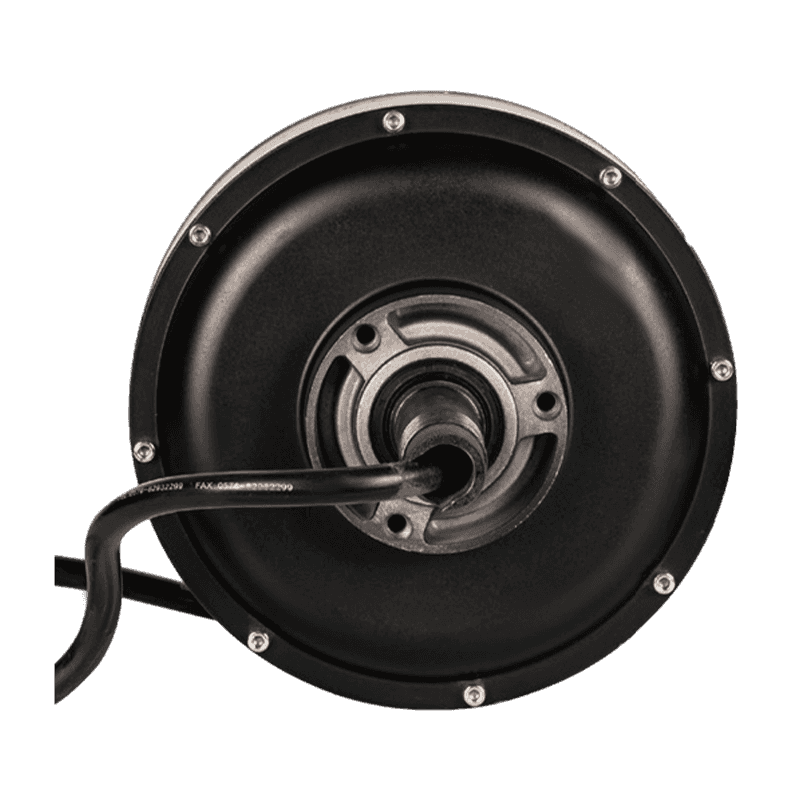The electric bicycle motor has become an increasingly popular addition to traditional bicycles, transforming the way people commute and explore urban environments. This innovative technology has not only made cycling more accessible to a wider range of individuals but has also contributed to reducing traffic congestion and carbon emissions in cities worldwide.
At the heart of an electric bicycle is the motor, which provides additional power to assist the rider while pedaling. These motors come in various types, including hub motors and mid-drive motors, each with its own advantages and disadvantages. Hub motors are located in the center of the wheel and offer a simple, cost-effective solution, while mid-drive motors are positioned in the center of the bike, providing better weight distribution and improved torque.
One of the primary benefits of electric bicycle motors is the assistance they provide to riders, making it easier to tackle hills, headwinds, and longer distances. This has made cycling a more viable option for commuters who may have previously been deterred by the physical demands of traditional bicycles. With an electric motor, riders can arrive at their destinations without excessive exertion, reducing the need for a change of clothes or a shower upon arrival.

Moreover, electric bicycles have the potential to replace car trips for short to medium distances, reducing traffic congestion and parking demands in urban areas. As more people adopt this eco-friendly mode of transportation, cities can expect to see a decrease in air pollution and greenhouse gas emissions, contributing to a healthier and more sustainable environment.
Advancements in battery technology have also played a crucial role in the growing popularity of electric bicycle motors. Lithium-ion batteries, which are lightweight and offer high energy density, have become the standard in the industry. These batteries provide extended range and faster charging times, making electric bicycles more practical for daily use.
As the demand for electric bicycles continues to rise, manufacturers are focusing on developing more efficient and powerful motors while maintaining the overall aesthetics and functionality of traditional bicycles. This has led to a wide range of electric bicycle options, catering to various riding styles, preferences, and budgets.
The electric bicycle motor has proven to be a game-changer in urban transportation, offering a sustainable, efficient, and accessible alternative to cars and conventional bicycles. As technology continues to advance and more cities invest in cycling infrastructure, the electric bicycle is poised to play an increasingly significant role in shaping the future of urban mobility.


 English
English

